Last updated on June 24th, 2023
Soccer is an association game where a team of 11 players each play against each other. The sport is played with a spherical ball. Approximately 250 million people play the sport in over 200 countries, which makes it the world’s most popular sport. Let us explore more about the game of soccer with these facts about soccer players, balls, shoes, pitch, history, referee, football clubs, and much more.
In the article, we have also mentioned in tables FIFA World Cup prize money since 1982, FIFA World Cup top goalscorers, FIFA World Cup titles won by countries and the years they won it, most goals scored all time by players. Do check out the complete article.
Interesting facts about Soccer
1. The earliest game that resembled association football in history is the Chinese game cuju. The history of the sport dates back to the Han Dynasty (206 BC – 220 AD). It was played by kicking a leather ball through 2 bamboo canes positioned 30 to 40 centimeters apart.
2. Early alternatives to association football balls include animal skins, skulls, pig bladders, and more.
3. The oldest professional football club in the world still in existence today is Sheffield FC. It was founded in 1857, and they have fluctuated in different tiers of play in England.
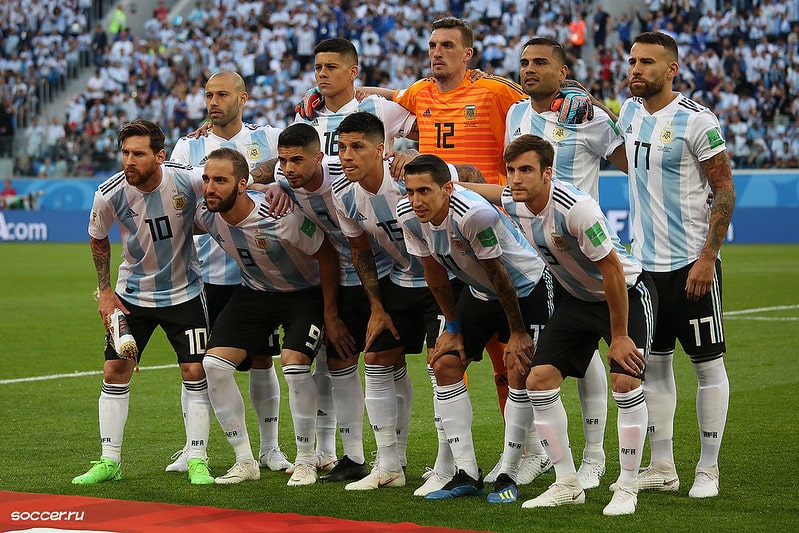
4. The country of Greenland has never been able to have a FIFA recognized team. That is because they can’t grow grass to create fields.
5. There have been a total of 22 FIFA World Cup tournaments between 1930 and 2022. The World Cup is held every 4 years, except for 1942 and 1946, when it was canceled due to World War II.
6. The first FIFA World Cup took place in Uruguay in 1930. It was played between Uruguay and Argentina and saw Uruguay win the game with an impressive score of 4 – 2.
7. Referees were not used in official soccer matches until 1881. Up until then, people playing were responsible for making any calls.
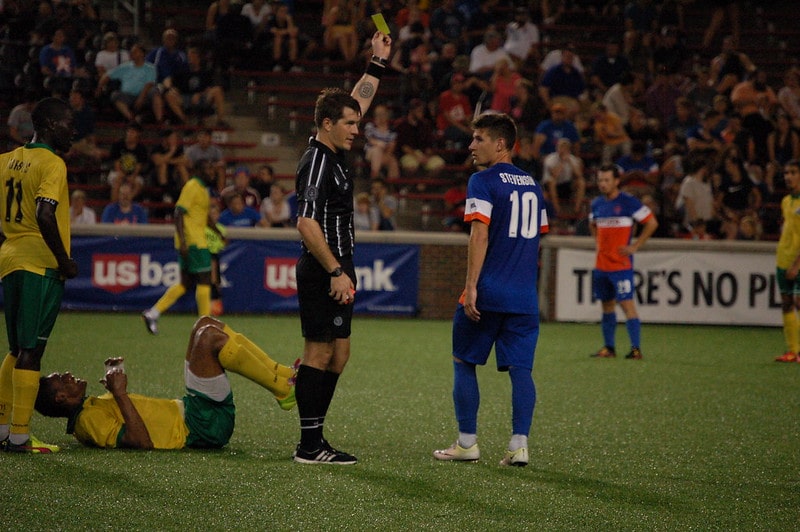
8. In 1964, after a referee disallowed a goal for Peru in an Olympic qualifying match between Argentina and Peru, a riot broke out killing over 300 spectators and injuring 500 more.
9. In February 2011, the referee for the 5th tier game in Argentina between Victoriano Arenas and Claypole issued 36 red cards, dismissing every player, substitute, and coach.
10. The popularity of association football took off with colonialism, as the British took the game with them to all corners of the world.
11. Italy became the first European team to win the FIFA World Cup in 1934 when they took on the United States, beating them 7 – 1.

12. Italian footballer Guiseppe Meazza suffered a wardrobe malfunction as his shorts fell down during a penalty kick against rivals Brazil at the 1938 FIFA World Cup. He made the shot, much to the chagrin of the opposing team’s goalkeeper, securing Italy’s spot in the finals.
13. The FIFA World Cup was broadcast live to households worldwide for the first time in 1954.
14. The World Cup was designed to showcase the best professional football players in the world. At that point, the Olympics were only open to amateur athletes. Now, most of the countries will send their younger players to the Olympic games every four years.
15. The very first World Cup was a difficult tournament for European countries to get to in 1930. Hosted in Uruguay, only France, Romania, Belgium, and Yugoslavia were able to make the trip from Europe.
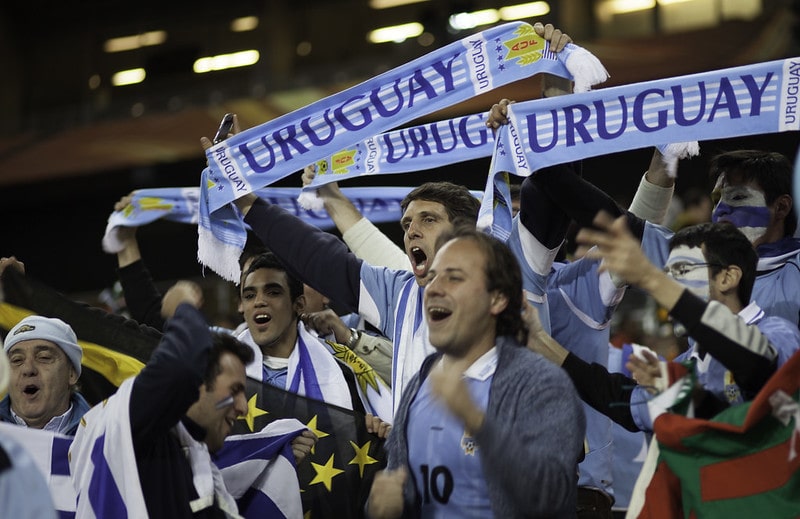
16. Uruguay is the only World Cup champion not to attempt to defend their title four years later. They refused to enter the 1934 World Cup hosted in Italy. It was considered a revenge snob towards Italy, as they refused to make the trip to Uruguay four years prior.
17. Uruguay has only won gold medals at the Olympics for soccer in 1924 and 1928 – they haven’t won a gold since.
18. A match in the Congo in 1998 ended in tragedy as lightning killed an entire team. The opposition was left untouched.
19. The “100 Hours War” or “Football War” of 1969 was a short-lived war between Honduras and Salvador. The fighting broke out after Honduras beat El Salvadore during a World Cup qualifying match in Mexico.
20. Football made its television debut in 1937, featuring Arsenal in England. It was a practice match that involved players from the club.
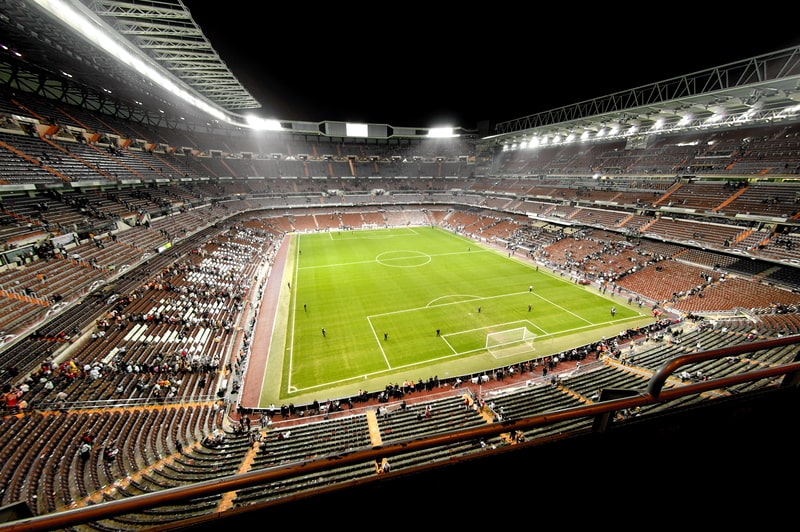
21. The most fans to attend one football match took place in 1950 in Rio de Janeiro. A total of 199,854 people watch Brazil play Uruguay in the World Cup.
22. Over 8% of Iceland’s population traveled to France to watch their country’s team play in the quarter-final of the 2016 UEFA Euro Cup.
23. 1958 saw 3 new teams qualify for the FIFA World Cup: Wales, Northern Ireland, and the Soviet Union. It was the first (and only) time all 4 of the Home Nations (England, Ireland, Scotland, Wales) made it to the World Cup.
24. The FIFA World Cup in 1962 quickly became known as the “Battle of Santiago” following an incident between the host country Chile and Italy. Violence quickly erupted on the playing field after two players were sent off. And as a result yellow and red cards were invented.
25. The FIFA World Cup trophy was stolen in 1966, just a few days before the finals. It was later found by a dog called Pickles and returned to the exhibition at Westminster Central Hall.

26. Lee Todd officially owns the record for fastest red card in association football history. He was playing for Cross Park Farm Celtic when he exclaimed an expletive two seconds into the match. He received the red card for saying “F*** me, that was loud” after the whistle to start the match.
27. Norway might not be considered the best country for soccer success, but they are the only football team not to lose to Brazil in international competition. They have two wins and two draws against the powerhouse.
28. FIFA has 211 countries, regions, and member states on 6 continents: Europe, Africa, Asia, South America, North America, and Australia and Oceania. The UN currently only recognizes 203 countries around the world.
29. In 2014, Germany won the 2014 FIFA World Cup, the first time as a united country. The 3 previous victories were won by West Germany.
30. Another amazing fact about soccer is that Germany experienced a baby boom of around 30% roughly nine months after hosting the World Cup in 2006. Many other countries have noticed a spike as well after hosting (and winning countries), but not as big as this one.

31. There are over 5000 teams in the English football system, with different tiers depending on the caliber of play. Any team can move up to the highest league, the Barclays Premier League, by winning and moving up.
32. Field players end up running anywhere from 5 to 10 miles during the match. The large variance in distance depends on the speed of play, and what position a player plays.
33. There are 11 players in a soccer team: Striker, forward, winger, midfielders (attacking, defensive, and center), full back, wing back, center back, sweeper, and goalkeeper.
34. Goalies first started wearing different colored jerseys in 1913, helping referees make proper calls during a match.
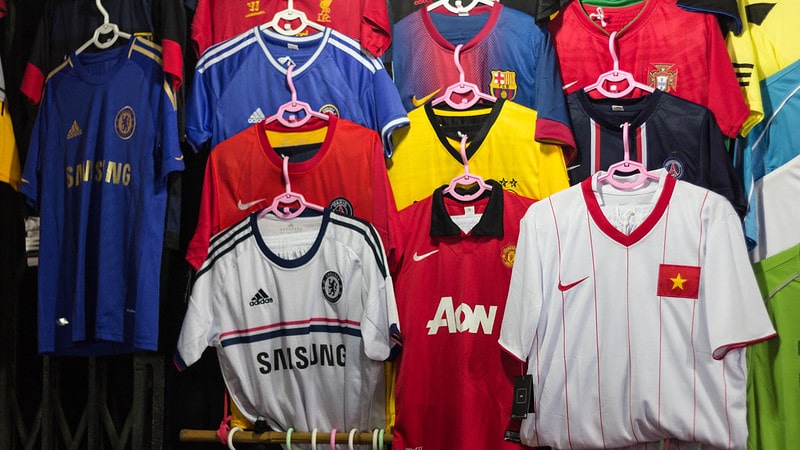
35. Andres Escobar scored an own goal for Columbia in the 1994 World Cup. Ten days later, he was killed by an angry fan for his mistake, making it one of the biggest scandals in World Cup history.
36. Over the last few World Cups, roughly half of the world’s population has tuned in to watch or listen.
37. The oldest player in World Cup history is Egyptian goalkeeper Essam El Hadary. He played sparingly for the club during group action.
38. The 1982 FIFA World Cup saw Italy’s captain and goalkeeper Dino Zoff become the oldest captain to win the FIFA World Cup at the age of 40.
39. Oleg Salenko of Russia holds the record for most goals scored in a single World Cup match. He was able to score 5 in Russia’s win over Cameron.
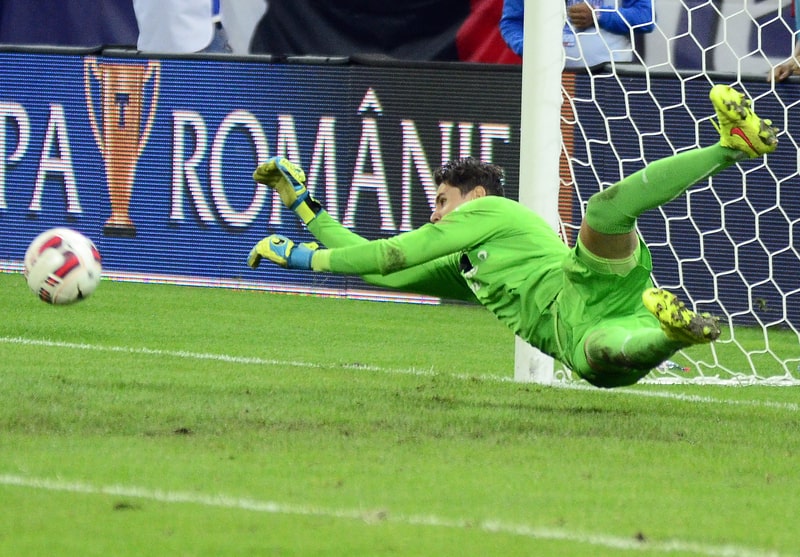
FIFA World Cup top goalscorers
| Player name | Country | Number of Goals | Matches played |
|---|---|---|---|
| Miroslav Klose | Germany | 16 | 24 |
| Ronaldo | Brazil | 15 | 19 |
| Gerd Muller | West Germany | 14 | 13 |
| Lionel Messi | Argentina | 13 | 26 |
| Just Fontaine | France | 13 | 6 |
| Pele | Brazil | 12 | 14 |
| Table last updated | 12/06/2023 |
40. Stoppage time has long been a controversial and mysterious measurement of time in soccer matches. It is left up to referees, and it is usually anywhere from 1 to 5 minutes. It is never formally announced precisely how long stoppage time will be, as it’s up to the discretion of the referee.
41. Cristiano Ronaldo, who plays for Portugal, holds the record for the most goals scored in international soccer matches, having scored 122 goals in 198 games.
42. Cristiano Ronaldo holds the distinction as the only known football player in professional history to score a goal in every single minute of a match. At some point in his career, he’s put the ball in the back of the net in minute 1, all the way to minute 90.
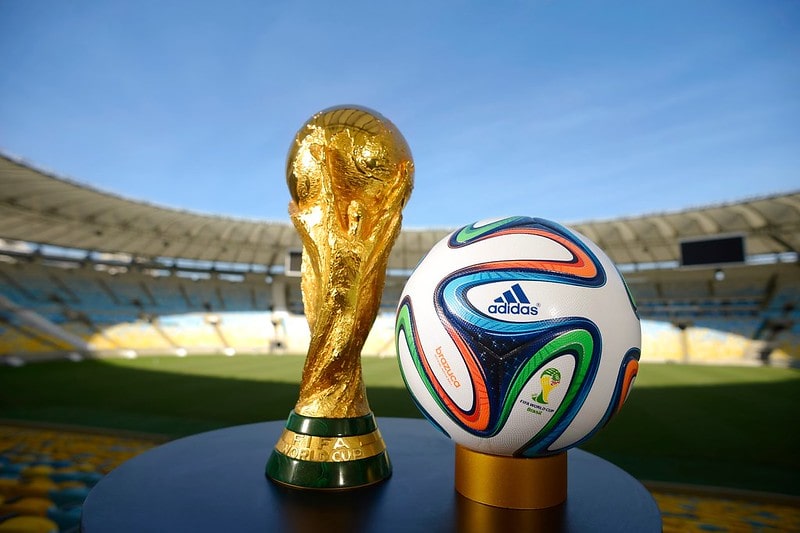
43. Mexico City and Rio de Janeiro are the only two places to host a World Cup final multiple times.
44. The United States has dominated the Women’s World Cup since the inaugural 1991 tournament. They have four titles and one runner up out of the eight tournaments.
45. The most expensive transfer in soccer history came when Paris St. Germain paid FC Barcelona $263 million to obtain Neymar Jr.
46. Lionel Messi is the highest-paid association football player of all time. He regularly makes over $100 million a year these days, thanks to his lucrative contract with FC Barcelona, and his many endorsement deals.
47. The most goals ever scored by one side in a FIFA World Cup match is 10 by Hungary. This happened during the 1982 match in Spain between Hungary and El Salvador.
48. The biggest recorded loss in football history was 149-0, and all the own goals were scored in protest.
49. Ricardo Olivera from Uruguay has the fastest recorded goals scored in football history. He was able to find the back of the net just 2.8 seconds into a match in 1998.
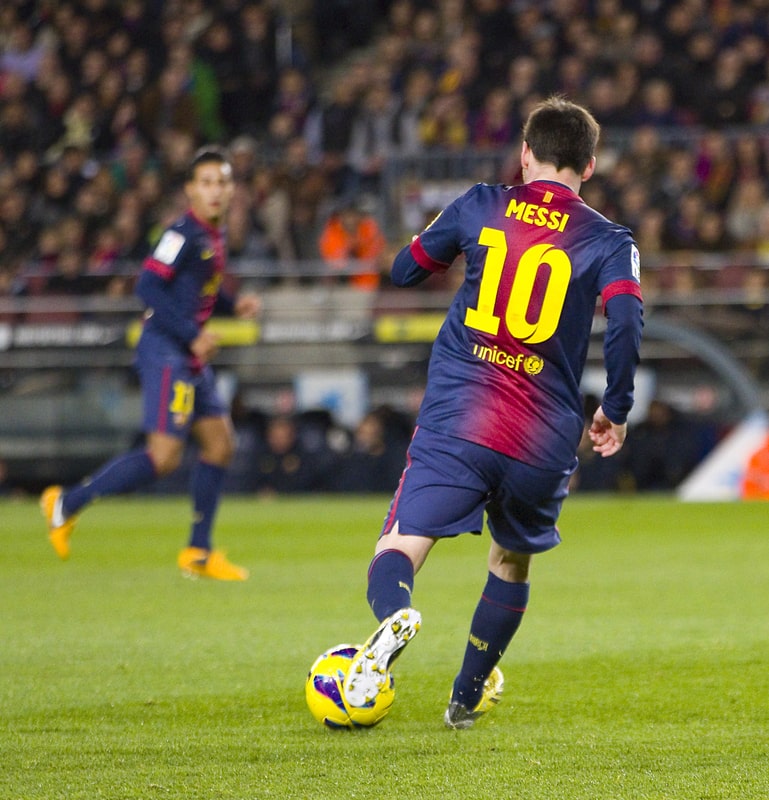
50. The number 10 is unofficially considered the kit number for the best player on a squad.
51. Modern association soccer is recognized as starting with the Cambridge Rules in 1848. This brought the first standardized version of rules together to create a more uniform way to play the sport.
52. Charles Goodyear created the first vulcanized rubber soccer ball in 1855. Over the next two decades, it became normalized with an inflatable rubber bladder and an official size and weight.
53. One of the most coveted trophies in all sports, the World Cup, was made of paper-mâché up until 1950. Heavy rain caused the need for a more durable trophy.
54. The 1950 FIFA World Cup’s oldest player was 35-year-old Stanley Matthews from England. Impressively, he continued playing for the England team for 7 more years before retiring as the oldest player to represent England.

55. There is no uniform size for a soccer pitch. Going off of FIFA rules alone, length can be anywhere from 100 m to 110 m, while width can be 64 m to 75 m. Individual leagues around the world have even more laid back measurements.
56. International and professional soccer games are 105 minutes long – 45 minutes for each half with a 15-minute break in between.
57. A soccer field became known as a pitch due to the slope built into most fields. A soccer field can be sloped as much as 5° upwards from one end to the other, which is why teams will switch sides at the half.
58. Pele, one of many superstars with single word nicknames from Brazil, received his nickname due to having six toes on each foot when he was born. The word Pele means “six feet” in Brazilian Portuguese.
59. Brazil’s Pelé achieved 3 records during the 1958 World Cup. He holds the record for being the youngest goal scorer, hat-trick scorer, and hat-trick scorer in a World Cup final – he was just 17 at the time.
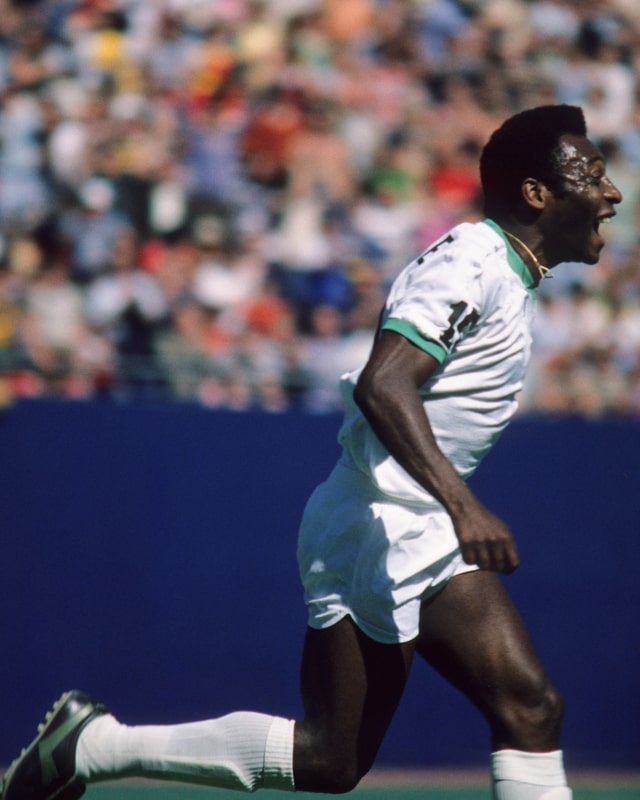
60. Pele is the only player to hoist the World Cup trophy three times. He won the 1958, 1962, and 1970 titles with Brazil.
61. World famous cricketer Sir Viv Richard becomes the only man to have played in both the Cricket and Football world cups as he played for Antigua at the 1974 FIFA World Cup.
62. In 1978, Khemais Labidi played for Tunisia against Mexico for just 2 minutes, making him the soccer player with the shortest FIFA World Cup career.
63. Northern Irish football player Norman Whiteside made history for being the youngest player ever in the FIFA World Cup when his team played Yugoslavia in 1982. Whiteside was just 17 at the time.
. . . continue reading on the next page
